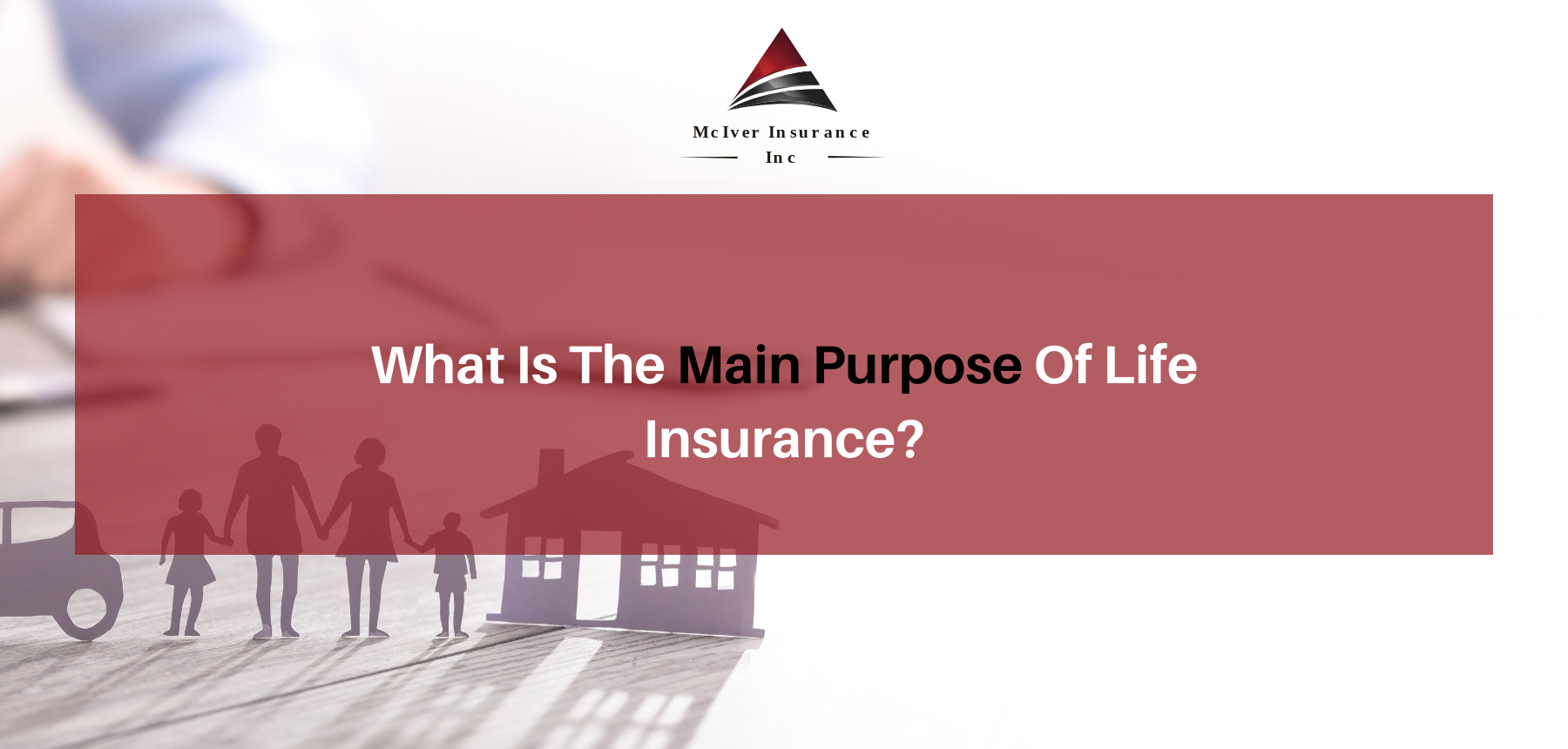The Main Principles Of Pacific Prime
The Main Principles Of Pacific Prime
Blog Article
Fascination About Pacific Prime
Table of ContentsRumored Buzz on Pacific PrimeSee This Report about Pacific PrimeThe Ultimate Guide To Pacific PrimeWhat Does Pacific Prime Do?Excitement About Pacific Prime

This is because the information were accumulated for a duration of solid economic efficiency. Of the estimated 42 million people that were without insurance, all but about 420,000 (regarding 1 percent) were under 65 years old, the age at which most Americans end up being eligible for Medicare; 32 million were adults in between ages 18 and 65, around 19 percent of all grownups in this age team; and 10 million were children under 18 years of age, concerning 13.9 percent of all kids (Mills, 2000).
These price quotes of the variety of persons uninsured are generated from the yearly March Supplement to the Existing Population Study (CPS), performed by the Demographics Bureau. Unless otherwise kept in mind, nationwide price quotes of people without medical insurance and percentages of the population with different sort of coverage are based on the CPS, one of the most widely used resource of quotes of insurance policy protection and uninsurance rates.
The Basic Principles Of Pacific Prime

Still, the CPS is particularly valuable since it creates annual estimates fairly quickly, reporting the previous year's insurance protection estimates each September, and because it is the basis for a consistent collection of quotes for greater than two decades, permitting analysis of patterns in protection over time. For these factors, along with the substantial use the CPS in other research studies of insurance policy protection that exist in this report, we rely upon CPS quotes, with limitations noted.

The quote of the number of uninsured people expands when a population's insurance coverage standing is tracked for a number of years. Over a three-year period starting early in 1993, 72 million people, 29 percent of the united state populace, lacked insurance coverage for at least one month. Within a solitary year (1994 ), 53 million people experienced at the very least a month without coverage (Bennefield, 1998a)
Six out of every 10 without insurance adults are themselves used. Functioning does enhance the likelihood that one and one's family participants will have insurance, it is not a warranty. Even members of households with two permanent breadwinner have nearly a one-in-ten opportunity of being uninsured (9.1 percent uninsured rate) (Hoffman and Pohl, 2000).
Excitement About Pacific Prime
New immigrants represent a considerable percentage of helpful hints individuals without health insurance coverage. One analysis has attributed a considerable part of the current development in the dimension of the U.S. without insurance populace to immigrants that showed up in the country in between 1994 and 1998 (Camarota and Edwards, 2000). Current immigrants (those who came to the United States within the previous 4 years) do have a high price of being uninsured (46 percent), yet they and their youngsters make up simply 6 percent of those without insurance policy across the country (Holahan et al., 2001).
The partnership in between wellness insurance coverage and access to care is well established, as documented later on in this phase. Although the connection in between medical insurance and health and wellness results is neither direct nor basic, a comprehensive scientific and wellness services study literature links medical insurance protection to enhanced accessibility to care, far better quality, and enhanced personal and population health and wellness standing.
Degrees of analysis for analyzing the effects of uninsurance. This discussion of medical insurance protection concentrates primarily on the united state population under age 65 since essentially all Americans 65 and older have Medicare or various other public protection. It focuses specifically on those without any type of wellness insurance coverage for any type of size of time.
3 Simple Techniques For Pacific Prime
The issues encountered by the underinsured are in some areas similar to those encountered by the uninsured, although they are normally less severe. Wellness insurance policy, however, is neither required nor enough to acquire accessibility to clinical solutions. The independent and straight result of health insurance policy coverage on accessibility to health and wellness solutions is well established.
Others will acquire the wellness treatment they require also without medical insurance, by spending for it expense or seeking it from carriers that offer treatment cost-free or at highly subsidized prices. For still others, medical insurance alone does not guarantee receipt of treatment due to the fact that of various other nonfinancial obstacles, such as an absence of healthcare carriers in their neighborhood, restricted accessibility to transport, illiteracy, or linguistic and social differences.
Little Known Facts About Pacific Prime.
Official research about uninsured populaces in the United States dates to the late 1920s and early 1930s when the Board on the Expense of Treatment generated a series of records about financing physician office check outs and hospital stays. This problem came to be significant as the numbers of medically indigent climbed up throughout the Great Clinical depression.
Report this page